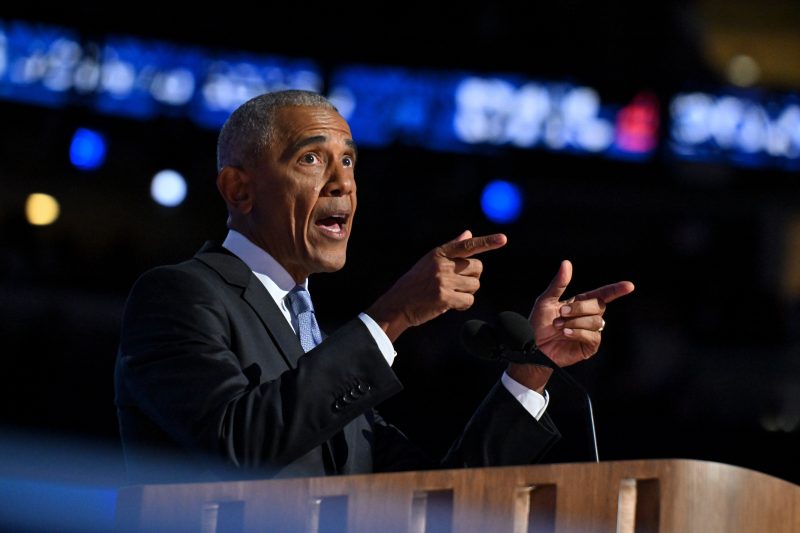In the years following the 2016 election, the Democratic party found itself grappling with the unexpected victory of Donald Trump and the seismic shift in American politics it represented. In the aftermath of this defeat, party leaders and members alike were quick to adopt a mantra made famous by former First Lady Michelle Obama: When they go low, we go high. This philosophy, centered on rising above the vitriol and incivility that seemed to dominate the political landscape, served as a guiding principle for many Democrats as they sought to navigate the turbulent waters of a Trump presidency.
However, as time went on and the Trump administration’s actions became increasingly polarizing, the Democratic party’s commitment to taking the high road began to waver. The rise of social media and the 24-hour news cycle only served to amplify the already contentious political discourse, making it all the more challenging for Democrats to maintain their moral high ground.
One prominent example of this shift in approach can be seen in the reaction to Trump’s controversial policies and statements. From the travel ban targeting predominantly Muslim countries to his inflammatory rhetoric on immigration, Democrats were often quick to condemn these actions as divisive and harmful. Yet, instead of solely focusing on policy critiques, some Democrats began to engage in the same kind of personal attacks and mudslinging that they had once decried.
This shift in strategy was perhaps most evident during the 2020 election campaign, as Democrats sought to unseat Trump and reclaim the White House. While some candidates maintained a focus on policy and substance, others resorted to tactics that seemed to mirror those employed by the president himself. Personal attacks, name-calling, and a focus on personality over policy became increasingly common in the political discourse, leading some to question whether the party had abandoned its commitment to taking the high road.
As the Democratic party continues to grapple with the legacy of the Trump era and chart a path forward, the question of whether to go high or go low remains a central challenge. While the temptation to meet incivility with incivility may be strong, many within the party still believe in the importance of elevating the political discourse and leading by example. In a time of such deep political polarization, the choice between going high and going low may ultimately define the future of the Democratic party and its place in American politics.

